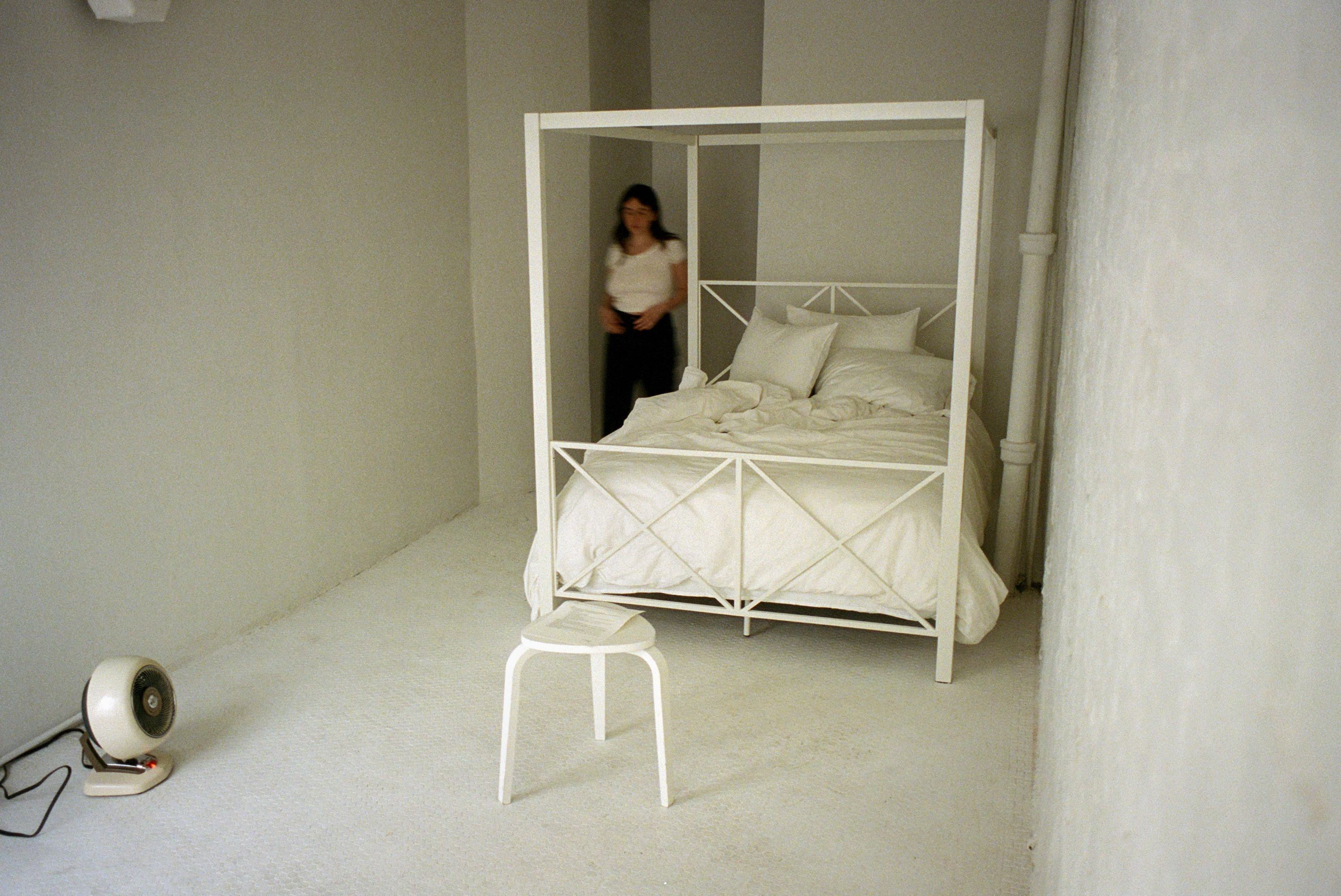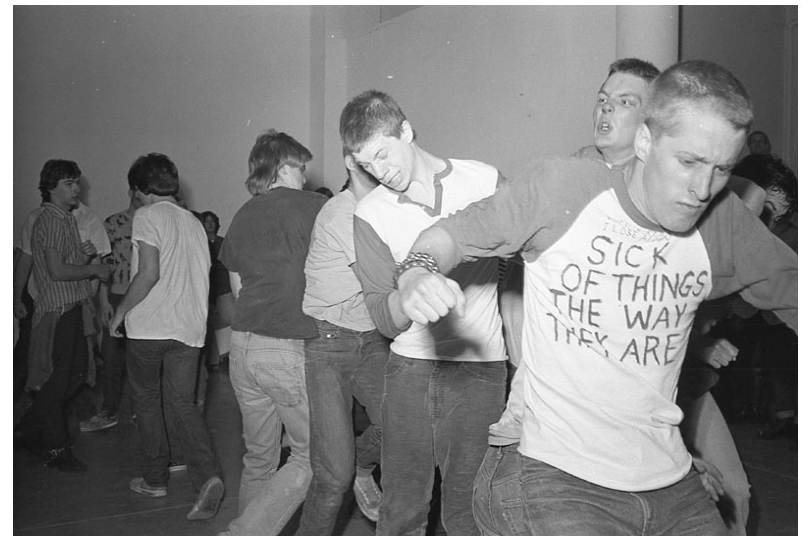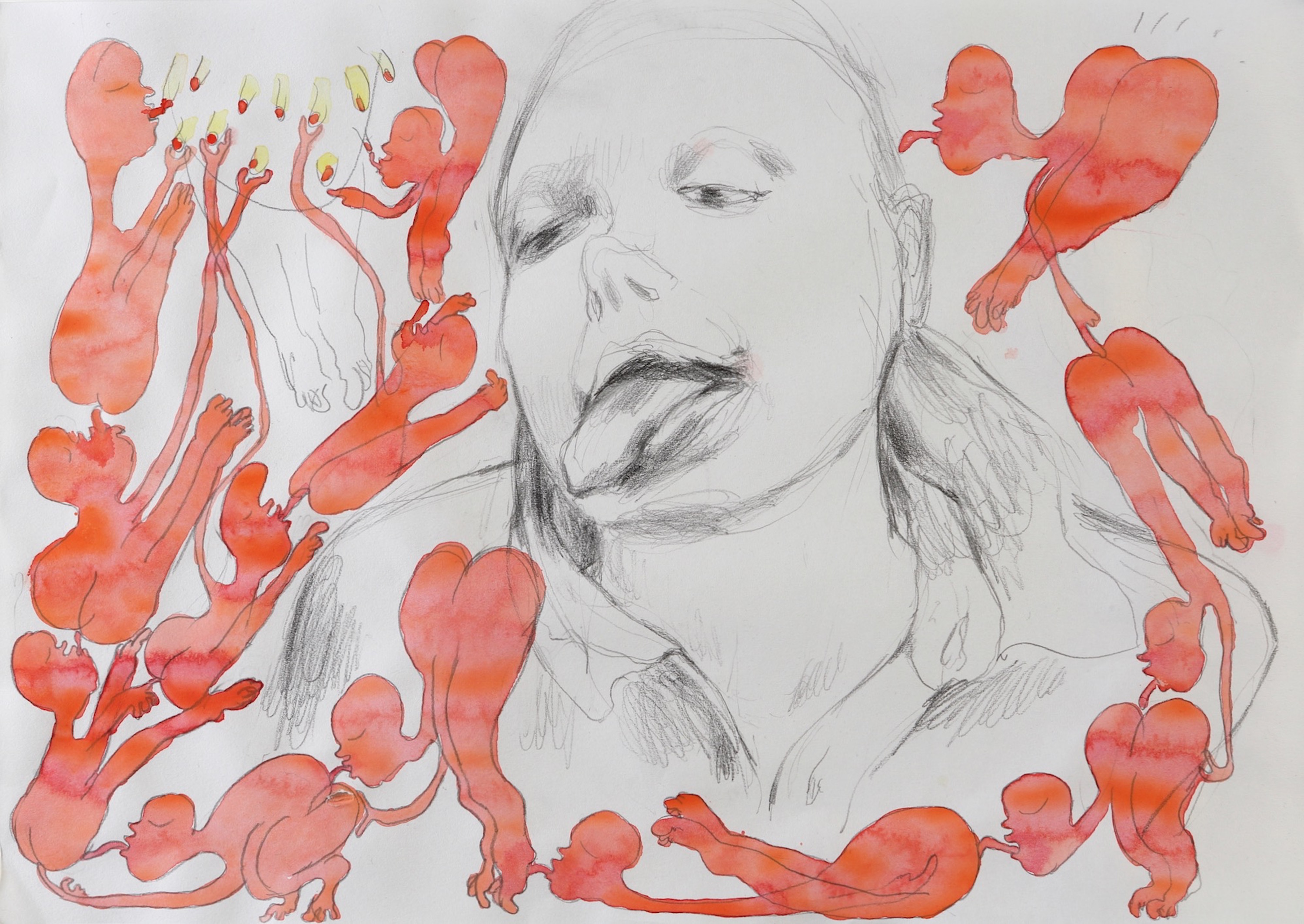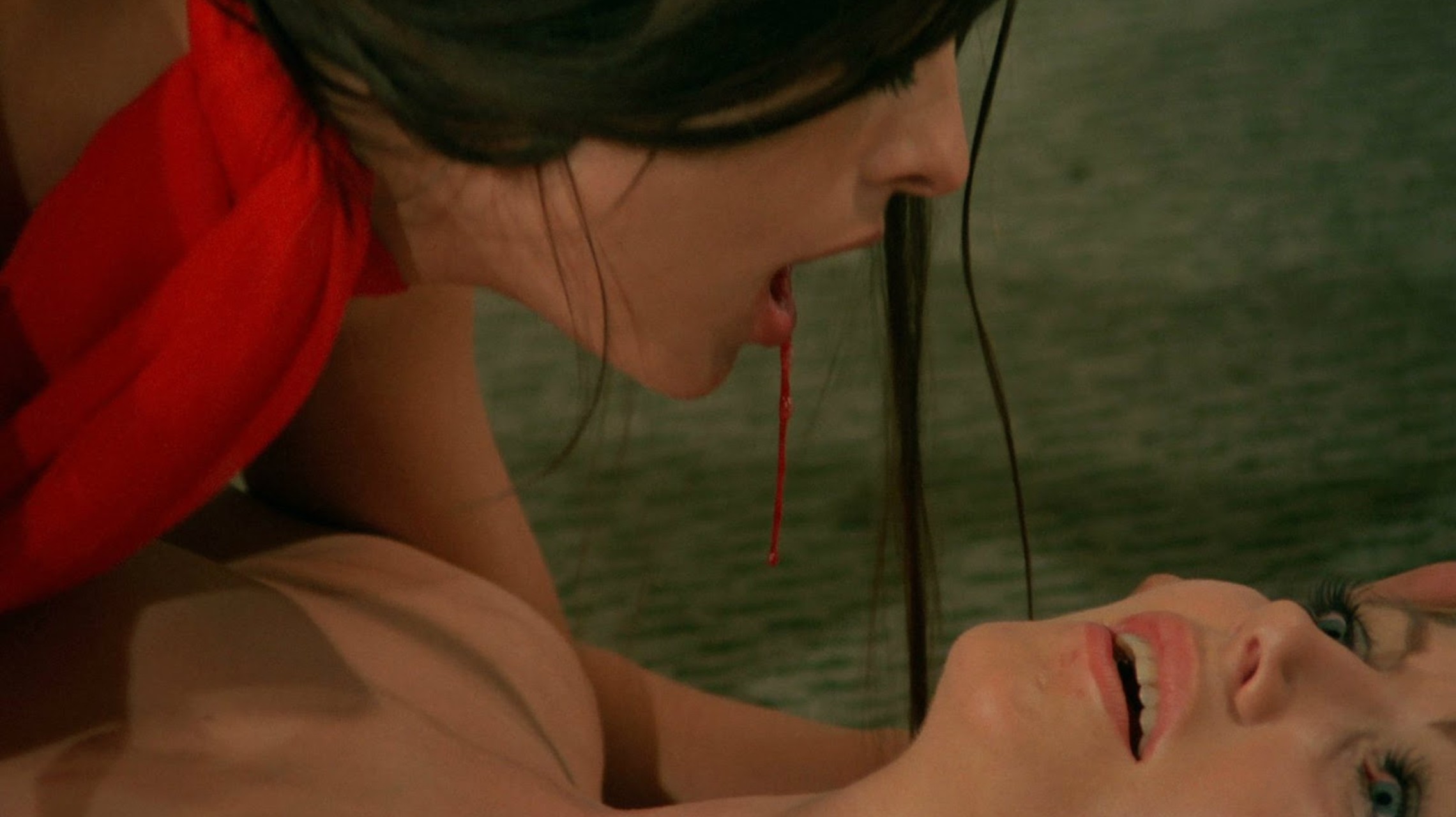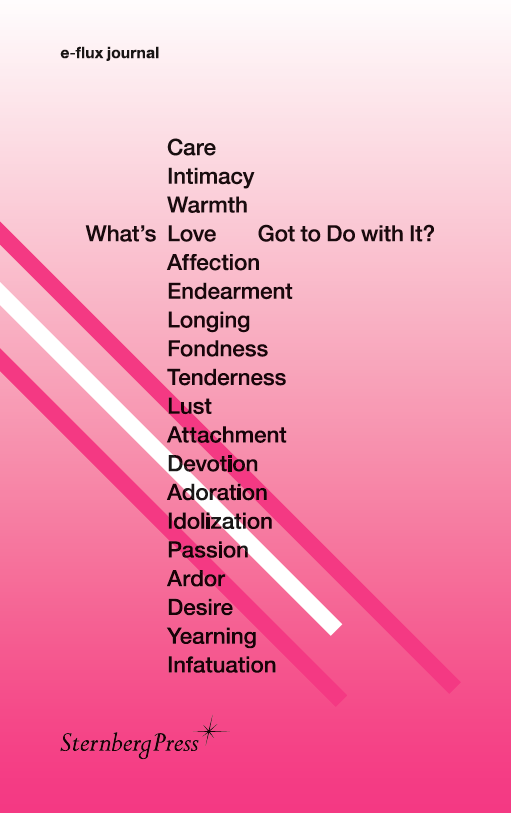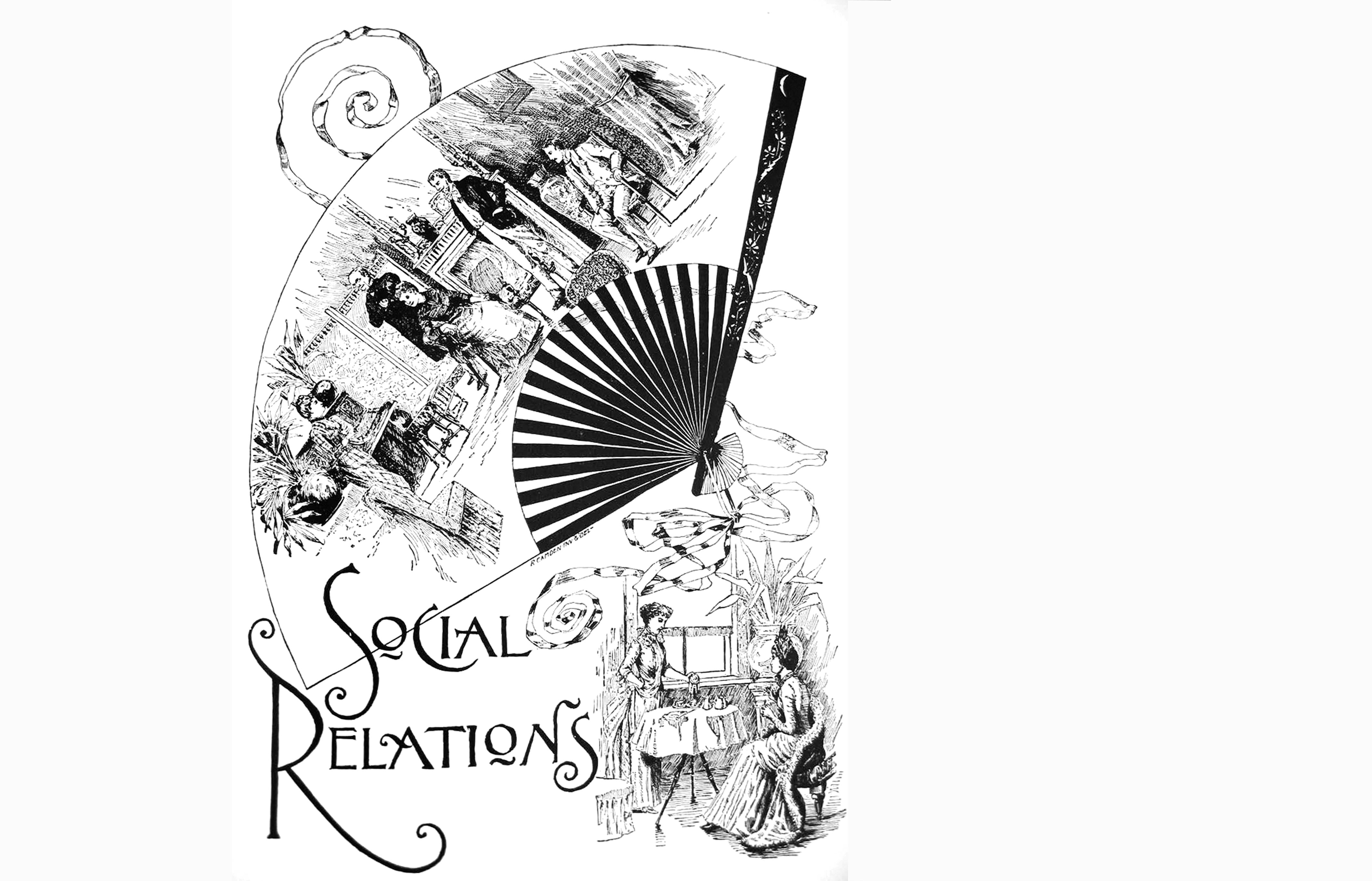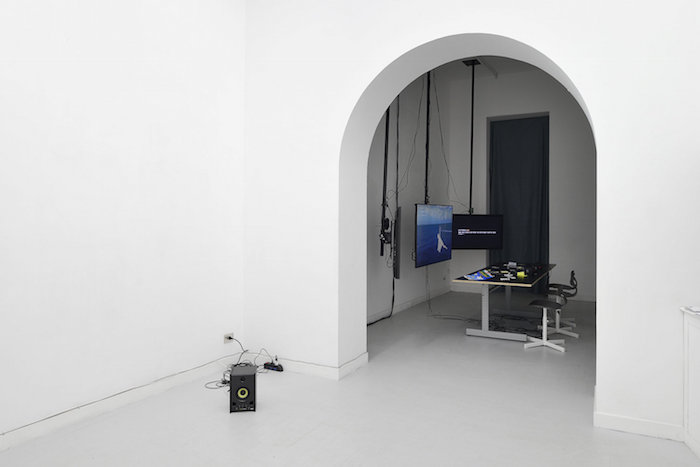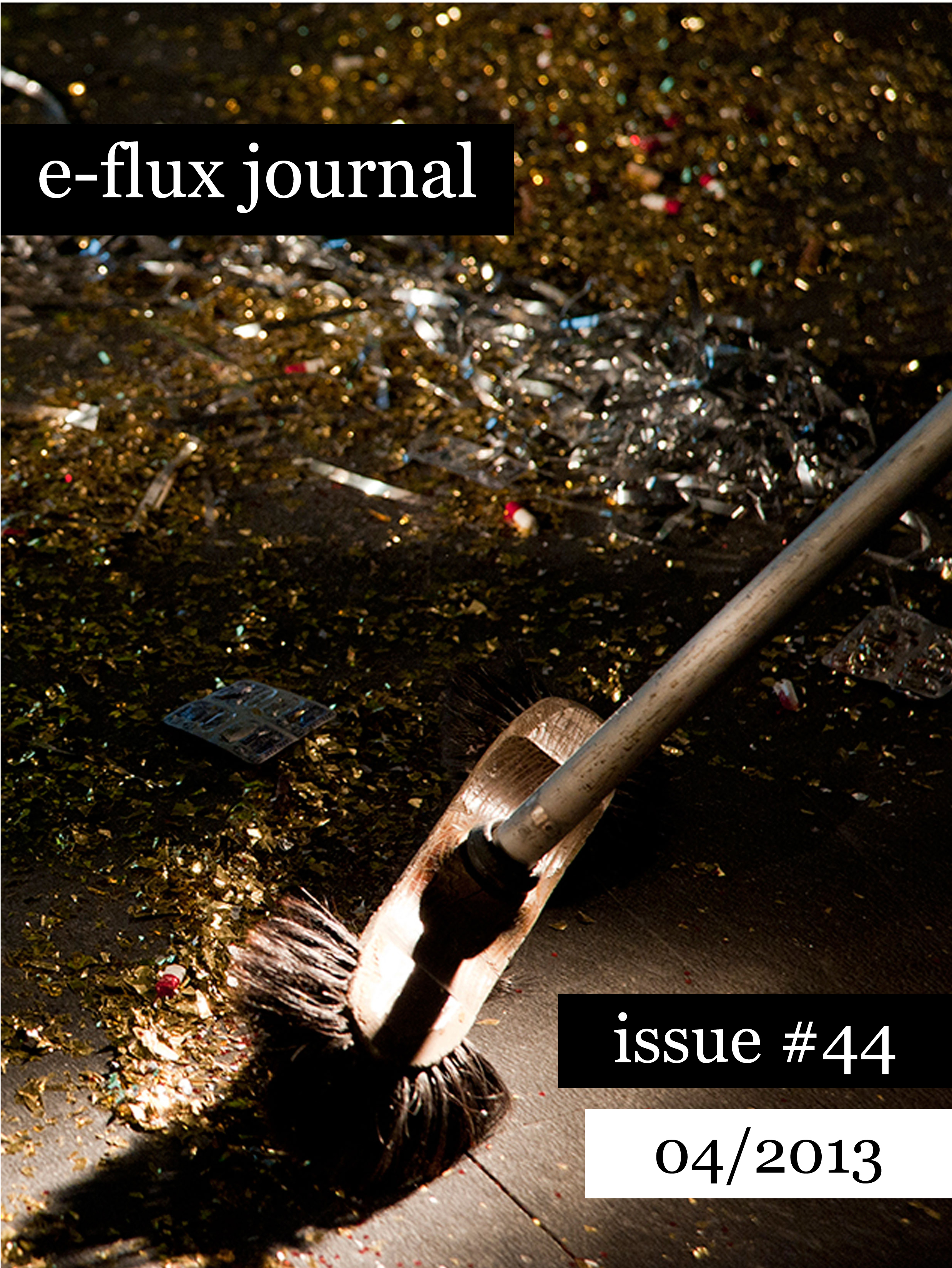In the opening pages of Working Girl, Sophia Giovannitti—artist, writer, sex worker—makes a case for her choice of “pleasure work” over the drudgery of a day job. “When I say make pleasure work, I mean to sell sex and art,” she writes, “not because doing what you love makes work more bearable, but because the particular economic conditions in these industries facilitate maneuvers and scams that allow people to work less and do what you love more.” Given this fiery beginning, I expected a full Marxist takedown of the art market, or perhaps an angry manifesto à la Virginie Despentes’s King Kong Theory (2006). Giovannitti borrows elements from both, at a cooler temperature, as she argues for working the system to one’s advantage. Threading together memoir and criticism, her volume charts a journey through contemporary art addressing prostitution and pornography, the blind spots of movements like MeToo, the politicized actions of sex workers, and finding a way to live beyond labor.
The bulk of Giovannitti’s text toggles between a discussion of erotically charged art and her own experiences navigating sex work. Drawing from scholarship by art historians such as Julia Bryan-Wilson,1 Giovannitti revisits a handful of now-historical works. She considers pieces such as Argentinian artist Carlos Ginzburg’s Latin American Prostitute (1974) from the perspective of a fellow escort. She offers an updated, intersectional analysis of Robert Morris and Carolee Schneemann’s 1964 performance Site—a tableau vivant homage to Manet’s Olympia (1865), absent the Black maid—by referencing texts on Black femininity by artists Lorraine O’Grady and Aria Dean. She notes the blatant misreadings, sexist and factual, of Andrea Fraser’s video Untitled (2003), in which she has sex with an unidentified collector in a hotel.
Later in the book, she compares earlier works to those of her contemporaries. She pens a nuanced assessment of Jeff Koons’s explicit, sexual series “Made in Heaven” (1989), created with his then-wife Cicciolina—the Italian porn star and politician Ilona Staller, whose onscreen work he once celebrated, then weaponized against her in an ugly custody battle. The series is read against Shawné Michaelain Holloway’s performances from the 2010s as a camgirl, as well her own erotic works in homage to Koons/Cicciolina’s compositions. In discussing more recent sex-act photographic series, like Natacha Merritt’s book Digital Diaries (2000) and Paul Mpagi Sepuya’s portraits of queer men from the last decade, she poses an important question: does erotic art have to interpreted as “joyless” to be political?
Alongside these critical reappraisals, Giovannitti details the shifting legal tapestry of sex work. She writes that legislation presuming to make such labor safer, such as sex trafficking laws, creates more paradoxically dangerous conditions for marginalized populations. These orders often leave undocumented workers and those engaging in survival sex more vulnerable to state surveillance and violence. Giovannitti’s accounts of the act of prostitution, however, center her own experience. By doing so, she avoids enacting further brutalization by speaking on behalf of positions less protected than her own. At the same time, she acknowledges that she is capitalizing on a desire for confessional art—evident in both the literary world’s personal-essay boom and the art world’s demand for authenticity. “Performing intimacy is also work I know how to do: the studied reveal is the specialty of the whore,” she adds.
As a cis, white woman in her early 30s with a network of supportive family and friends, Giovannitti understands her substantial privilege in sex work and society at large. Her decision to fund art through sex work relies partly on the hyperinflated markets for both in New York City, as well as the high rate she commands due to Eurocentric standards of desirability. She admits she could get work elsewhere, even recalling a short stint working in a 9-to-5 low-level publishing position that she describes as soul-crushing. Instead, she sees sexual labor as part of a larger anti-work philosophy. The heart of Giovannitti’s book are her confessionals musing on her own encounters with clients—exclusively male.
Alternately dishy, smarmy, and occasionally sweet, her stories avoid excessive details to preserve her clients’ anonymity. In a chapter titled “On Violation,” Giovannitti tells a few complicated tales of regulars adjacent to the art world. One john was an art insider who breached an agreement to provide promised media connections, whose consent Giovannitti arguably (unintentionally) violated while he was inebriated during their first meeting. Another, very wealthy client dangled, then retracted, an offer to commission an art work. He added insult to injury by refusing to participate in one of Giovannitti’s pieces, which he deemed an “art project.” “I was humiliated that he used the word project, and not work—that in neither arena of my working life was my work seen as work,” she writes. She insists that these slights to her dignity, as an artist, cut as deeply, if not more, than any on-the-job degradation.
I found this description of intellectual(ized) violence a little too pat. Giovannitti’s decision to selectively acknowledge her privilege, and to move her narrative beyond the genre of trauma porn, is understandable. Still, I felt that such a statement masked the structural conditions underlying her work. In other sections of the book, however, Giovannitti delves into the psychological complexities of her dual roles. She details a period of dissociation, during which she was frequently working. Furthermore, she wonders about “the feedback-loop relationship” between funding art through sex, and making art about working in the sex industry. “Is this a capitulation to the kind of writing and art society most likes to extract from women artists?” she asks. “I wonder if there exists a circular internalization of misogyny in this choice: that girls are taught to see their value in sex, so monetize it, thinking they’ve beaten the system—but ultimately, their value-through-sex is simply reinforced, so they begin to see their creative value in that vein, too.”
One measure of the success of Giovannitti’s text is that it prompts reflection on—and solidarity with—the way other professions, which bear no superficial relation to sex work, capitalize on our physical and emotional labor. After finishing her book, I found myself thinking about something very unsexy: the strike last year at the university where I teach. Giovannitti writes that sex work necessitates a level of detachment. In that sense, it resembles many other jobs under capitalism. Teaching, however, is typically considered to be at the opposite end of the gendered Madonna–whore dyad, and has historically been valorized as a near-spiritual “vocation.” While striking, I found myself angry at times at the proclamations of emotion and soft acts of strikebreaking—as though our well of labor was as endless as our “love,” and as though emotional work requires an attendant sacrifice.
In art, sex, and academia, not to mention the reproductive acts of care and parenting, there’s a social taboo around the frank discussion of money, presumed to taint such labor by reducing it to the transactional. Giovannitti’s book offers a perspective on intimacy work in a very different register to educating—one without above-board working hours, union benefits, societal respect, legal protections—yet it spurred me to reconsider my own ongoing thinking on affective labor within pedagogy, and may open ground for such reflections in readers from other cultural fields. She sees potential in the underground networks of sex work for relations to exist outside of capitalistic distinctions of leisure and labor. “I don’t want to be a whore forever,” she writes. “I do want to be an artist forever. I hope we don’t always have to work and sell to live.”
Sophia Giovannitti's Working Girl is published by Verso on May 30.
Julia Bryan-Wilson, “Dirty Commerce: Art Work and Sex Work since the 1970s,” differences: A Journal of Feminist Cultural Studies 23, no. 2 (September 2012), 71–112, https://doi.org/10.1215/10407391-1629821.
